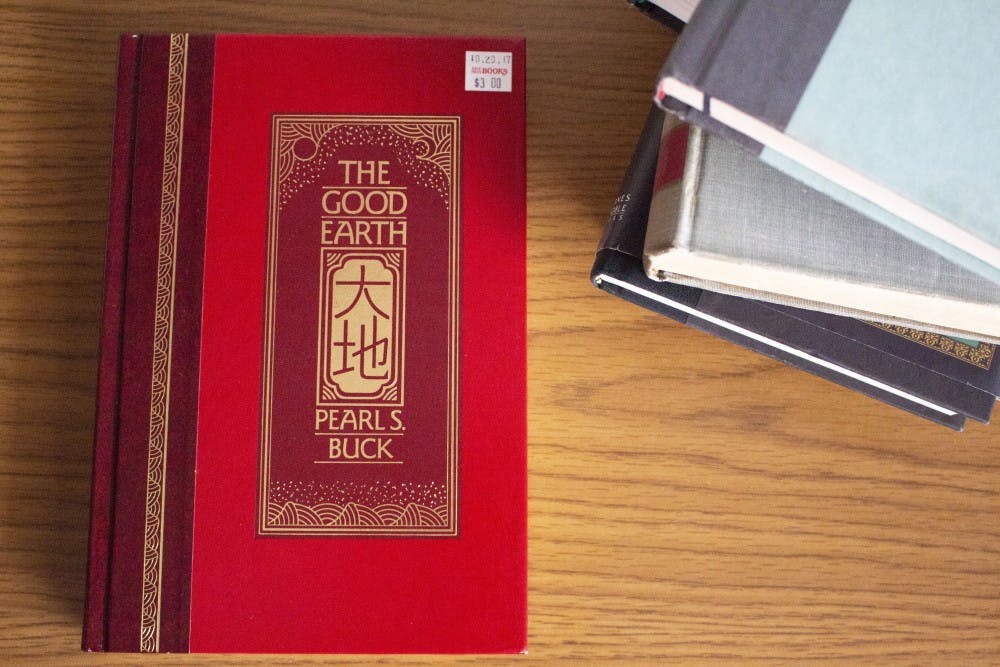For the agricultural Midwest, “The Good Earth” is the ideal novel. The story sets a farmer with a starving family against poverty, drought, famine and war, armed with only one thing — his farm and work ethic.
It’s easy to forget the novel is set in early 20th century China — it feels like a modern day anywhere, United States.
American author Pearl S. Buck published this Nobel and Pulitzer Prize winning novel in 1931, a time when Asian stereotypes were especially prominent in American culture. The story follows a farming couple, Wang Lung and his wife O-Lan, as they work tirelessly to escape poverty on a rural farm while also raising a family.
What makes “The Good Earth” remarkable is how it reaches into a distant, “exotic” culture and pulls a breathing, human story into something intimate and familiar. Although set in China, the plot reflects the classic American “rags to riches” story.
Wang Lung is compassionate in some moments and cruel in others. He works tirelessly against drought, famine and war while trying to provide for his family. As his wealth increases, he hires concubines, angers his wife and grows contemptuous of her. And yet, when a close friend dies, Wang Lung buries him near the family graveyard, with plans to be buried next to him.
The story avoids moralization and subverts Eastern stereotypes — the reader could slip into the belief they are reading about farmers in rural America.
Nowhere does Buck insert or suggest judgment of the character’s actions, either. The characters grow, live and make choices like real people — sometimes benevolent, sometimes malicious.
Though Wang Lung tends to be more grotesque and selfish as the novel progresses, he never becomes a point of critique of Chinese culture, but merely a human being with flaws. Every character has their own vices and weaknesses — drugs, outdated morals, thievery and so on.
Aside from occasional references to Buddhism and other cultural practices, the book’s setting sits in the background, with an enormous focus on character. They never become the book’s primary mode of identification, unlike much popular portrayals of non-Western culture that have existed since the Middle Ages.
In this way, the book is extremely aware of how gender, race, class and disability function in the context of Chinese culture, and Buck builds relationships to highlight them.
Having spent a portion of her childhood as a missionary’s daughter, Buck had strong religious influences on her life and writing. “The Good Earth” takes on a biblical tone of oration that elevates the tale from a tragedy of ambition into a sweeping epic.
The following passage presents the mundanity of a farmer’s life, opened wide and made breathtaking with its prose. Wang Lung and O-Lan work a field, while their child lays nearby:
“The sun beat down upon them both, the reluctant sun of late autumn that will not let go the warmth of summer until the cold of the coming winter forces it. The woman and the child were as brown as the soil and they sat there like figures made of earth. There was the dust of the fields upon the woman’s hair and upon the child's soft black head.”
The reader might approach a book set in century-old China with a sense of distance and strangeness. With “The Good Earth,” Buck breaks down these kinds of cultural borders, and the characters feel as real as the book's binding.
Through Buck’s style and powerful presentation of people in place of caricatures, the novel reminds us of the importance of empathy across unfamiliar divides.






